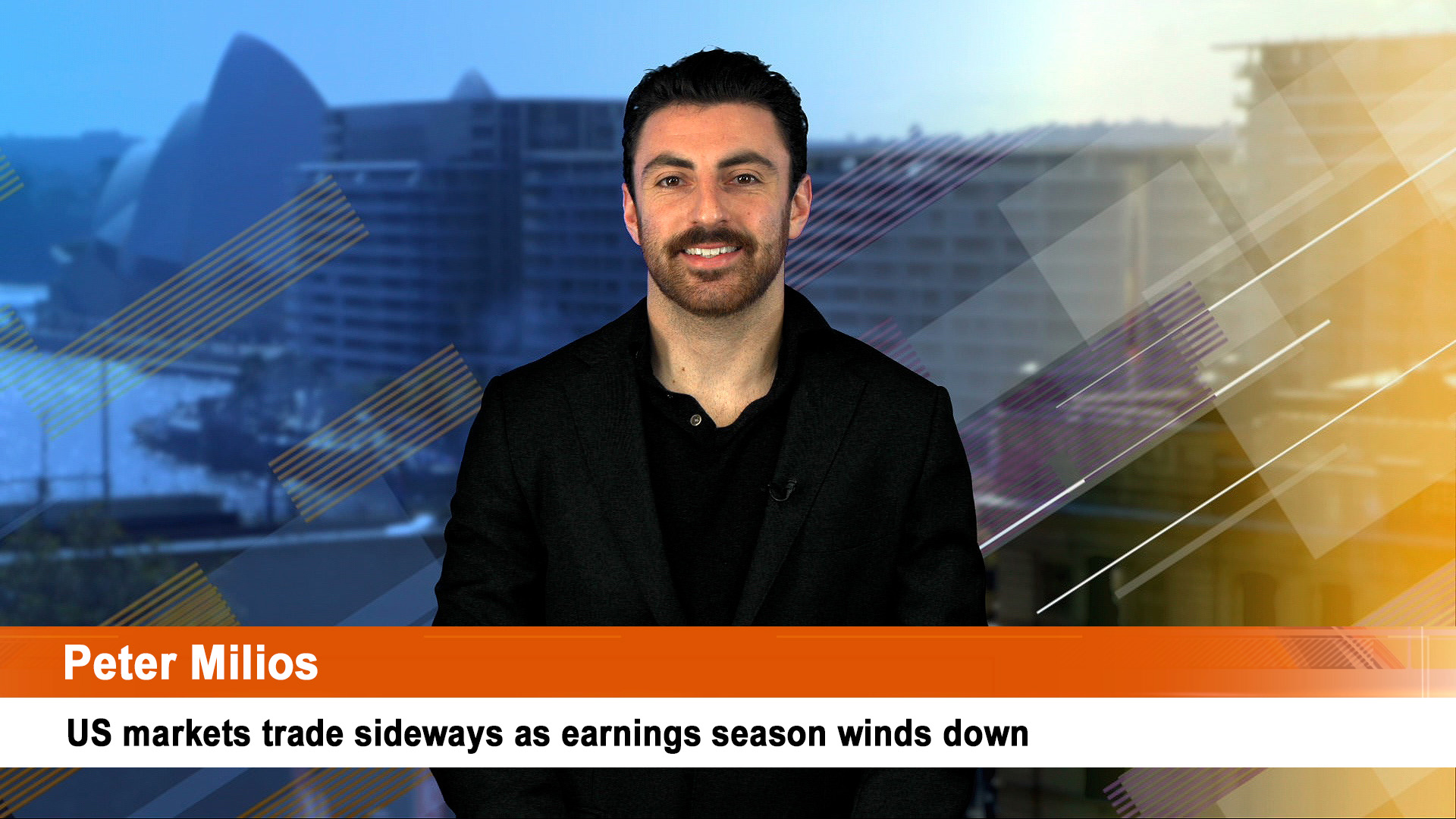Disney threw in the towel this week, leaving Netflix as the winner of the streaming video war. Its rivals including Disney have been left in tatters, bleeding billions in losses and write downs, job losses and redundancy costs and other charges.
In contrast Netflix is rich, with billions of dollars in revenues, profits, cash, low debt, rising cash flows and the largest annual content budget in global media.
Disney was the last and most aggressive of the streaming wannabees to sue for peace – announcing in its Wednesday quarterly report plans to slash $US5.5 billion in costs over the next several years, sack 7,000 people across the empire, restructure the company into three divisions and put a firm ’not for sale’ sign on its ESPN sporting broadcast giant.
Around $US3.5 billion of that $US5.5 billion in cuts will come from non – sports content (such as broadcast rights at ESPN) and other costs, such as staff. Disney’s cost cuts will include spending at its TV businesses, led by ABC and ESPN, its cable channel businesses, its film studios and its streaming operations.
Disney’s cuts will be significant at a time, coming as the company seems to have fought off a draining board challenge from an activist investor and re-installed its long time CEO to repair the mistakes made by his handpicked successor.
Netflix has withstood all the challenges from rivals such as Amazon, Apple, Disney, Paramount Global (the old CBS), HBO, Discovery and alike to emerge from the boom-and-bust year of 2022 in top financial shape.
Instead of hacking and slashing at costs, people, content and anything else, Netflix cut debt and got rid of several hundred people earlier in 2022 when subscriptions fell for a couple of quarters as the company rolled off the two-year boost delivered by the Covid-driven lockdowns.
It’s highly profitable, adding subscribers, keeping debt low, boosting cash flow and starting another pioneering service, a stream matched to ads and lower charges. It also has an emerging global gaming business.
Contrast the cost cuts at Disney, Warner Media/Discovery, Paramount and other media companies and streamers with Netflix’s big ambition this year to double free cash flow to $US3 billion from $US1.6 billion in 2022.
Like Disney, Apple and Amazon, the much larger companies, have other calls on their budgets besides their streaming operations, especially Amazon which is under pressure to try and find a way of charging its Prime members more for access to the Prime stream.
In all respects Netflix is merely reinventing what US cable TV was before it was sliced and diced to death by a multitude of channels from children’s offerings, to porn, news (right, left and centre), drama, comedy, sports of all kinds and rising costs that in some cases totalled more than $US100 a month.
In the past few months, the newly-merged Discovery and Warner Media have cut throughs of jobs and lifted estimated losses and write down to more than $US4 billion by 2026. Paramount Global is cutting costs to try and make its streaming service profitable.
There are no figures from Apple and Amazon Prime on the finances of their TV and streaming businesses.
Disney’s announcement this week has taken more than a year to happen. Its cost and revenue struggles have been apparent since late 2021 but they have been obscured by all the easy publicity about its streaming service and the rapid growth in subscriber numbers, as well as flood of new film content after the miserable 2020 year.
As it battled to survive Covid in 2020, Disney pushed to expand its fledgling streaming business as its saviour as it saw Netflix adding millions of customers a quarter and boosting revenues, cash flow and earnings and generating an enormous amount of good publicity after paying Disney and its rivals a pittance for the rights to their back catalogues and turning them into gold.
Wall Street became convinced that Disney would eat Netflix’s lunch (and its rivals) and pushed up the price of Disney shares while selling down Netflix, whose aura was shattered by the weak subscriber figures in the first two quarters of 2022.
Analysts and media commentators have persisted with the idea that Disney was going to succeed, even though it ran into a string of problems in Florida with a nasty political fight, ignoring slowing new subscriber growth and struggling with poor leadership by former CEO Bob Chapek, who replaced Bob Iger in the CEO’s role (and whom Iger had blessed as his replacement).
That was despite a return to glory by Disney’s fabled film studios with a series of blockbuster hits in 2022 that helped lift the cinema business out of the doldrums in the US and globally.
Chapek was pushed out last November and Iger brought back – to do nothing else but construct a process to save Disney from itself. He started on Wednesday.
Iger detailed much anticipated plans to cut the company’s workforce – by 7,000, or about 3%, make other changes in streamlining its various businesses to save $US5.5b billion over the next few years, revive its creative output and make its streaming business profitable.
Disney plans to reinstate its dividend – dropped in 2020 as a Covid saving measure as the company staggered on the verge of collapse, borrowing more than $US22 billion to survive.
Iger said this week the company’s planned cost cutting will make possible the resumption of dividends. Initially, he said, the payout will be “modest” but increase over time.
The dividend and costing cutting news is a repost to criticisms of the company from activist investor Nelson Peltz of Trian Group, who was seeking a seat on the board of directors. Peltz abandoned that campaign hours after the Disney report and news was released.
Iger reaffirmed the company’s longstanding guidance to investors that its streaming business will become profitable by the end of 2024. Based on Disney disclosures, the streaming business has lost nearly $US10 billion since its 2019 start. Netflix has made profits.
On the company’s quarterly earnings call, Iger called streaming “my No. 1 priority”.
That might be the case, but the Disney+ streaming business has run into some significant headwinds.
The loss of a key Indian cricket broadcast contract has seen it cut its subscriber estimates for 2024 to between 215 million and 245 million, from the previous forecast of 230 million to 260 million.
Total subscribers to Disney+ fell for the first time since the service launched in 2019. In part due to the loss of cricket in India, previously a mainstay of the Disney+ Hotstar offering. Subscriber levels dropped by 2.4 million compared with the prior quarter, settling at 161.8 million.
Not counting Hotstar bundled customers, core Disney+ subscriber numbers rose 1% sequentially to 104.3 million. Compared with Netflix single stream, Disney+ was 127 million adrift at the end of 2022.
Netflix had 231 million subscribers globally at the end of 2022, adding more than 9.1 million new subscribers across 2022 (10.1 million in the final six months) which included the loss of customers in the first six months of the year.
For 2022, Netflix generated $US32 billion of revenue, $US5.6 billion in operating income, $US2.0 billion of net cash from operating activities and $US1.6 billion of free cash flow (FCF). In 2023, it said it expect at least $3 billion of FCF, assuming no material swings in foreign exchange.
And for all those doom and gloom merchants, the latest quarterly and full year results and accounts confirm Netflix is now the most powerful business in global entertainment.
As the company explained in the December shareholder letter, “Now that we are a decade into our original programming initiative and have successfully scaled it, we are past the most cash intensive phase of this buildout.”
Its rivals are not. Late last month we pointed out how with the new ad supported part of the service, Netflix was morphing into an updated version of a combination of linear commercial Free to Air and cable channels, but all in just one stream.
If any analyst worth their salt wants to know where the earnings are in global streaming video, they are to be found in the Netflix financial accounts – in both the P&L account and in the balance sheet.
Unlike its rivals, Netflix is a single focus company – video streaming (gaming is just an add on) – it doesn’t have linear TV networks, theme parks, hotels, cruise liners, sports networks, pay billions for sports’ rights or carry all the overheads that the likes of Amazon, Apple, Disney, Paramount, Warner/Discover, Comcast/NBCU do.
The biggest risks at the moment are the disruptions (if any caused) by its password crackdown which is expanding slowly across the US and several other countries, and the take up of the cheaper, ad-supported stream.
Of course, being Number 1 makes it the target for existing and new rivals. But so long as it keeps to its low cost, content rich model it will remain the streaming leader, no matter what media and analysts write about the size its annual content budget.













